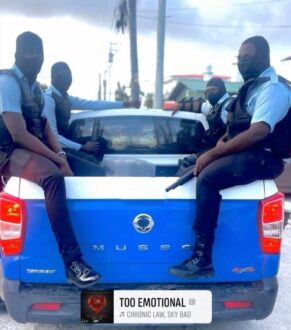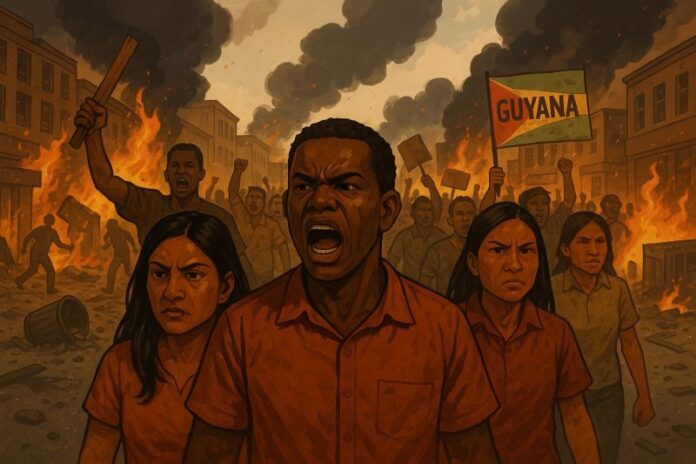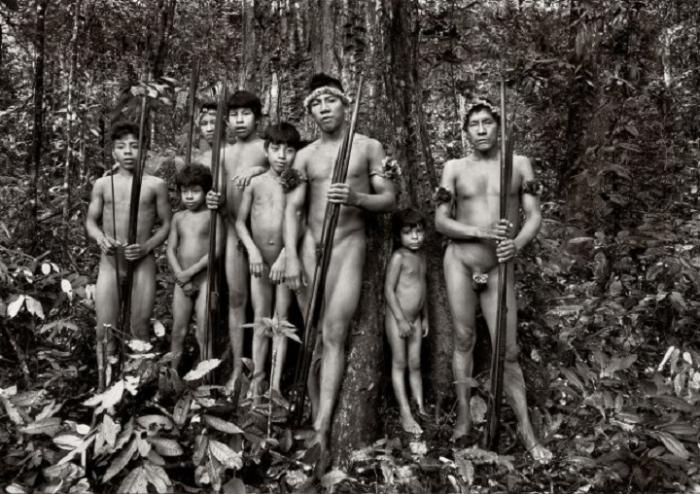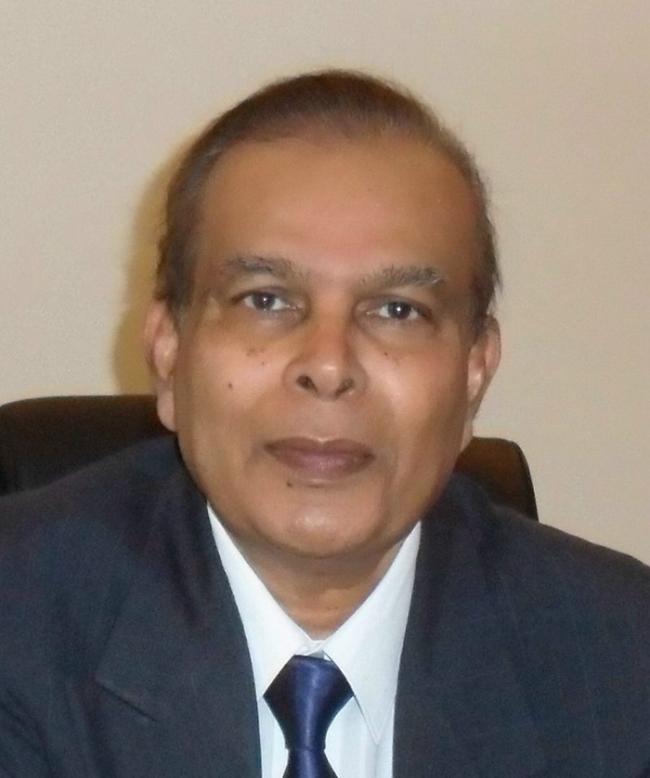Introduction
The recent civil unrest following the tragic death of 11-year-old Adrianna Younge has reignited longstanding tensions in Guyana. Scenes of looting, destruction of property, and violence have drawn national and international condemnation, but they are not without context. To understand the flames that engulfed parts of the country, one must trace the sparks back to decades of marginalization, mistrust, and systemic inequity.
The Spark: A Child’s Death and a Nation’s Grief
Adrianna Younge’s death was not just a personal tragedy; it became a symbol of a deeper national wound. The pain of losing a child, under circumstances that many believe involve institutional failure or neglect, has struck at the very soul of Guyana. Yet the outrage that followed was not solely about one incident; it was the breaking point after years of unresolved grievances.
A History of Disparity and Disillusionment

Over nearly three decades under the People’s Progressive Party (PPP), many citizens, especially Afro-Guyanese and political non-supporters, have reported a systematic erosion of rights and opportunity. Allegations range from biased policing to economic exclusion, favoritism in public sector employment, and the use of force to suppress dissent.
The Guyana Police Force (GPF), in particular, has faced criticism for corruption, ineptitude, and excessive violence, especially in urban and Afro-Guyanese communities. The high number of unsolved murders and reports of abuse have contributed to a growing sense that justice is not blind, but selective. Recently, the GPF has decided on a new operations tactic of appearing masked in public while performing their duties, creating even more public distrust.
A Pause in the Pattern: The APNU Years (2015–2020)
During the APNU+AFC Coalition’s time in office, there was a notable lull in police-related violence and public unrest. With help from the UK and the U.S., the GPF underwent some reforms, including polygraph testing of senior officers, which appeared to reduce both abuses of power and the general fear of law enforcement. While these reforms were far from perfect, they offered a glimpse of what accountability could look like.
Poverty, Inequality, and Urban Pressure
Guyana’s growing economy masks a painful reality: poverty remains widespread. Many employed citizens still do not earn a living wage, particularly in high-cost urban centers like Georgetown. This has created a swelling underclass, forced to live precariously and often outside the bounds of legality to survive.
The unrest is not just about race or politics it’s also about economics. When people feel excluded, devalued, and desperate, their social contract with the state collapses. They no longer feel invested in the stability or success of a society they believe has failed them.
A Fractured Society and Convenient Narratives
Some rush to condemn looters and rioters as criminals or anarchists. Yet many of these critics are insulated by privilege, beneficiaries of government patronage, or those living abroad. They do not see the daily struggle of those systematically sidelined.
The PPP administration has also been accused of weaponizing this unrest, framing it as evidence of Afro-Guyanese instability, criminality, or supported by the opposition. However, photo evidence has shown that several unsavory actors associated with the PPP have been seen as instigators among the protesters, stirring up violence. Such actions and narratives further divide a nation already scarred by racial and political fault lines.
Where Do We Go From Here?
Condemning violence is not enough. Real peace requires real justice. It requires the government to acknowledge and address the legitimate grievances of its citizens, not through platitudes or PR campaigns, but through tangible reforms:
- Independent oversight of police misconduct
- Equitable access to economic opportunities
- Transparent investigations into all acts of violence, regardless of who commits them
- An end to political patronage and state-sponsored division
Conclusion
Guyana is at a crossroads. The violence we see today is not spontaneous; it is a response to decades of structural injustice. The choice before the nation is stark: to treat the unrest as a nuisance to be suppressed, or as a cry for justice that must be heard. If nothing changes, the cycle will continue. But if we act with courage, compassion, and clarity, Guyana can begin to heal.
“When the people feel they have nothing left to lose, society loses its foundation.”






